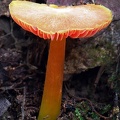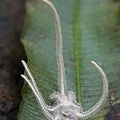22/36
This unique waxgill has no gills!
- Author
- Daniel Winkler
- Created on
- Saturday 14 March 2020
- Posted on
- Tuesday 31 March 2020
- Albums
- Visits
- 11545
- Make
- NIKON CORPORATION
- Model
- NIKON D850
- DateTimeOriginal
- 2020:03:14 06:05:36
- ApertureFNumber
- f/25.0

